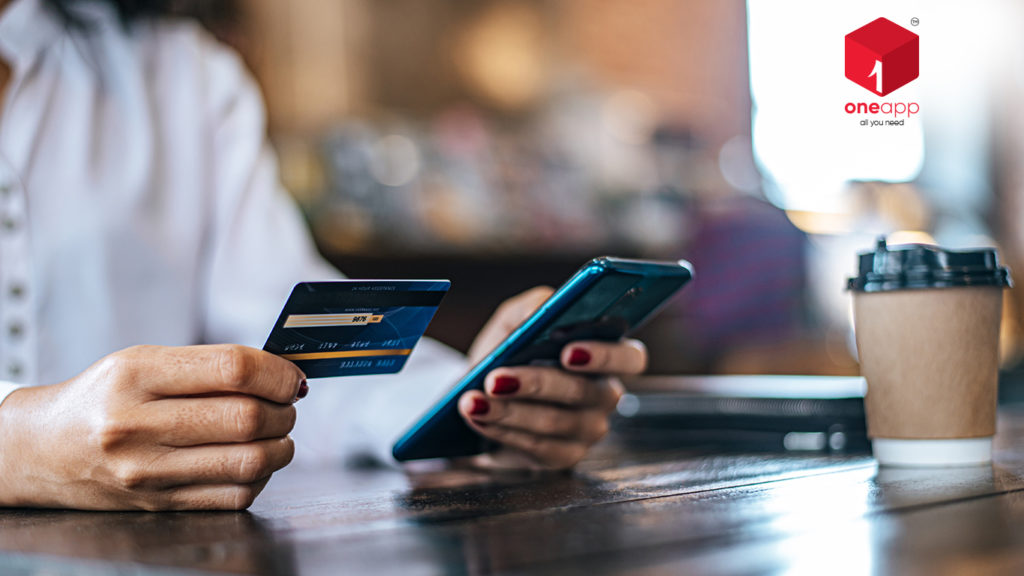In today’s rapidly modernizing world, we rely more and more on online methods of payment over cash or other conventional means. This trend is unlikely to change anytime soon due to the great convenience and intuitiveness of online payment options. However, no method of transaction is perfect. Hence, it makes sense to be well aware of the potential problems that may arise in the course of online payment and how to avoid them. Here, we have compiled a few basic practices to keep in mind while transacting via an online portal.
THINGS TO REMEMBER WHILE MAKING PAYMENTS ONLINE
Where to shop: In online payments, the ideal way to solve a problem is to avoid it entirely. Choose where you enter your bank details very carefully. If a site looks under-developed, jumps links before booting up, or has no tabs for company/legal data, steer clear of it. We should remember that data once put on the internet is no longer in our direct control. So, if you have any doubts about the site you’re on, don’t put up your banking details there. A first measure to check this is by looking at the site’s URL. A secure website starts with HTTPS, whereas an unsecured one starts HTTP.
Passwords: Be honest, do you have the same password for multiple services? Maybe with one added symbol or space as needed? We don’t blame you, but that is just not good enough anymore. Given the sheer number of sites and subscriptions, we have nowadays, using these simple and similar passwords across platforms is no longer secure. Because if someone manages to access even one of your insignificant login IDs, they can now extrapolate all of your passwords.123456, “qwerty”, “password”, DOB, or the name of someone close, are among the most common passwords in the world. Meanwhile, a truly robust password today looks like this: “p3TDKqALwH2@K%,pCZud”. One way to potentially remember such strong passwords is by using a password manager, though some prefer offline methods to keep the most important passwords safe.
Software: Your computer and phone will have multiple forms of security built-in by the developers to keep your data safe (with variable complexities depending on the company). However, new cracks and exploits are discovered and invented all the time. Hence, a good tech developer will put out regular software updates to bolster security as well as improve the product overall. It is advisable to keep your devices updated and at least glance over the updated information they provide during installation. Of course, third-party software for malware detection is widely available, though we recommend doing your own research before choosing the one for you.
Credit v Debit: When making an online payment, it is generally safer to use a credit card over a debit card. This is because in a worst-case scenario if someone manages to access your debit card data, they have near limitless access to your bank account directly. On the other hand, due to the expense limits on credit cards, there is only so much money a criminal can spend before the card stops working. Furthermore, some banks will offer one-time use cards which are designed for online use.
Check your transactions: Because of how swift and convenient these online payments are, it is very easy not to notice a payment or withdrawal taking place. This applies especially to UPI’s and e-wallets as many people tend to ignore the messages or receipt emails from such platforms. Keeping an eye on your accounts should not be a monthly activity to pay bills, especially because someone may withdraw small amounts erratically or disguise online transfers as subscription payments. Ideally, these lapses in security would be noticed by you as soon as they occur so as to avoid any serious losses.
Hope this article is helpful in clearing your confusion regarding the safe practices of online payments. Do let us know in the comments what more you would like us to cover for you.

